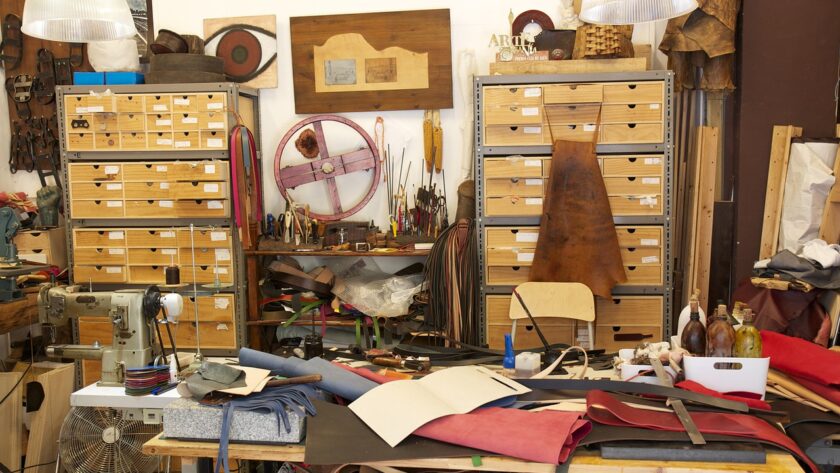Do you dream of working from home and keeping your creative juices flowing on a daily basis? Do you long to have the freedom and flexibility to explore multiple mediums at your own pace, without having to worry about commuting or fitting your art into an artificially-limited schedule?
If so, you might want to consider building your own craft room. While it’s not exactly easy and can be rather expensive as well, investing in a private space for your creative ventures can be a wonderful long-term investment.
After all, with everything in one place, it will be much easier to focus on creating instead of trying to remember where you left that old charcoal pencil or triplet of stand-up paint cans. There are lots of things you need to consider before planning, designing and building your craft room.
This article has some great tips and tricks on how to go about it efficiently and avoid common mistakes many people make when trying to build their own craft room.
Contents
Understand your motives
What is it about having your own craft room that you like? Is it the extra privacy? The sense of being in your own creative space? The absence of distraction?
You must understand your motives before moving forward with your plans to build a craft room, as these will help you stay on track once it’s time to start making decisions about the design and layout of your room.
The benefits of having your own craft room are many. Chief among these are privacy, uninterrupted time to focus solely on your creative efforts, and a place to store all of your supplies in a way that’s both comprehensible and convenient.
Determine your space requirements
What are the minimum requirements of your craft room? How many light and power outlets do you need? What’s the minimum amount of floor space you must have? Are there any special considerations you must take into account, like soundproofing or ventilation? How much wall space do you need?
You’ll have to incorporate all of this information into a diagram of your room layout. It’s a good idea to work with a professional contractor before you get started with the build to get their opinion on your plan.
Your local contractor will know the building codes in your area and will be able to tell you if your plan is feasible. Keep in mind that you may be able to save money on a contractor if you design your room to meet certain code requirements.
For example, if you need electrical outlets, you will most likely have to hire an electrician. However, if you build your room to meet general code requirements, you may be able to build it yourself and save money while doing so.
Recommended: How to Explain the Difference Between a Piece of Art and a Craft?
Plan how you’ll use the room
Do you want to have a separate space for each project? Would it be more convenient to have multiple workstations? Do you want to incorporate a lounge area or sitting nook into your plan? Do you need extra storage for supplies, books, and materials?
It’s important to plan how you’ll use your craft room so that you can build it with your specific needs in mind. For example, if you plan to use your space for multiple purposes, you may want a large room so that you have plenty of room for movement and activities.
If you want to incorporate lounge areas, you’ll want to build your room so that other people can be in there and not feel crowded or put out. Click here for some great ideas.
Decide on a budget and timeline
Do you have a budget in mind? How much are you willing to spend on your craft room? It’s important to set a budget for your craft room because even though it might be a long-term investment, there will be upfront costs that you’ll need to cover.
You’ll have to decide whether you want to build your craft room from scratch with new materials or if you want to buy an existing structure that you can renovate. If you decide to build from scratch, you’ll need to set a timeline for how long the build will take.
It’s best to give yourself plenty of time for the build in order to avoid stress and frustration. If you are in a rush to get the project done, you may miss something important or make a mistake that costs you more money in the long run.
Build!
If you’ve decided to build from scratch, you’ll need to decide whether to hire a contractor or do it yourself. If you decide to hire a contractor, you’ll need to make sure that they understand what you are trying to do in your craft room and that they can do it to the standards that you’ve set.
If you decide to do it yourself, you’ll have to make sure that you have the skills and knowledge necessary to do it properly.
Final words
Congratulations! You’ve made it through all the steps necessary to build your own craft room. Now all you have to do is start building and enjoy your new space.
And remember, your craft room is a place for you to explore your creativity. So you don’t have to share it with anyone else if you don’t want to.




